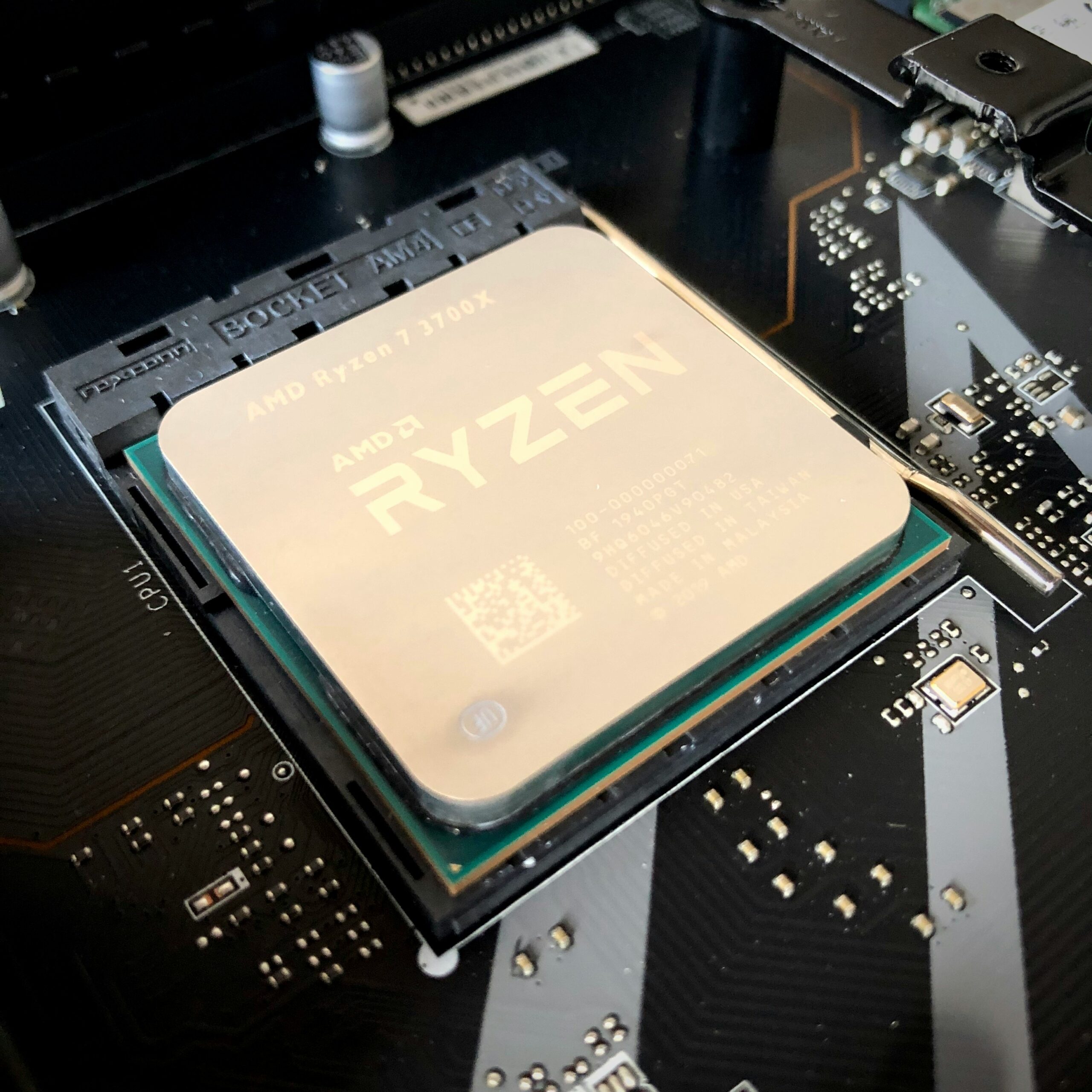Causes and Current State of the CPU Shortage
The global CPU shortage has been a multifaceted issue, arising from a confluence of several critical factors. One of the primary drivers has been the COVID-19 pandemic, which disrupted supply chains worldwide. Factories and production lines were forced to shut down or operate at reduced capacity, leading to significant delays in manufacturing processes. This was exacerbated by the just-in-time inventory strategies that many companies employ, leaving them unprepared for such large-scale disruptions.
In tandem with supply chain disruptions, there has been an unprecedented surge in demand for electronics. The shift towards remote work and online education has increased the need for computers, tablets, and other electronic devices. Additionally, the burgeoning gaming industry and the rise of cryptocurrency mining have further strained the supply of CPUs. This spike in demand has outpaced the production capabilities of semiconductor manufacturers, creating a substantial bottleneck in CPU availability.
Geopolitical tensions have also played a significant role in exacerbating the CPU shortage. Trade restrictions and sanctions, particularly between the United States and China, have complicated the global semiconductor supply chain. Companies have faced increased tariffs and export controls, leading to higher production costs and delays. Furthermore, natural disasters and accidents at key manufacturing facilities have further hindered production efforts.
Current statistics paint a stark picture of the shortage’s severity. Lead times for CPU deliveries have stretched to an average of 16 to 20 weeks, with some orders taking even longer to fulfill. Major semiconductor manufacturers like Intel, AMD, and TSMC have reported significant backlogs and delays in their production schedules. According to the Semiconductor Industry Association, global semiconductor sales increased by 10.4% in 2020, yet this was insufficient to meet the soaring demand.
In response, companies are adopting temporary measures to mitigate the shortage. Some are diversifying their supply chains, sourcing components from multiple suppliers to reduce dependency on any single source. Others are investing in expanding their production capacities, though these efforts will take time to yield results. There have been some indications of improvement, such as increased investment in semiconductor manufacturing and potential shifts in trade policies. However, the situation remains fluid, and further deterioration cannot be ruled out.
The global CPU shortage has had profound industry-wide impacts, notably affecting consumer electronics, automotive sectors, and enterprise-level operations. In the realm of consumer electronics, the scarcity of CPUs has resulted in significant delays and increased costs for items like smartphones, laptops, and gaming consoles. Manufacturers are struggling to meet demand, leading to prolonged wait times for new product releases and forcing consumers to contend with higher prices. This shortage disrupts the consumer electronics market, causing frustration among end-users and compelling companies to rethink their supply strategies.
In the automotive industry, the shortage has led to substantial production halts and a marked decrease in vehicle availability. Modern vehicles rely heavily on CPUs for various functions, from engine management to advanced driver-assistance systems (ADAS). The unavailability of these critical components has forced automakers to idle production lines, resulting in a shortage of new vehicles and an increase in prices for both new and used cars. This situation underscores the vulnerability of the automotive supply chain and highlights the critical role that semiconductor technology plays in automotive manufacturing.
The enterprise sector, including data centers and cloud computing, also faces significant challenges due to the CPU shortage. High-performance CPUs are essential for these operations, and the shortfall has led to increased costs and delays in the deployment of new infrastructure. This limitation hampers the growth of cloud services and impacts businesses that rely on data center capabilities. Consequently, companies in this sector are exploring alternative technologies and diversifying their supply chains to mitigate the impact of the shortage.
Long-term, the CPU shortage raises concerns about innovation and technological advancement. The semiconductor industry is at the heart of many technological developments, and a prolonged shortage could stifle innovation and slow progress in fields like artificial intelligence, 5G, and the Internet of Things (IoT). Companies are responding by investing in alternative technologies and expanding their supply chains to reduce dependency on single sources. This strategic shift aims to build more resilient operations and ensure sustained growth and innovation despite current challenges.

